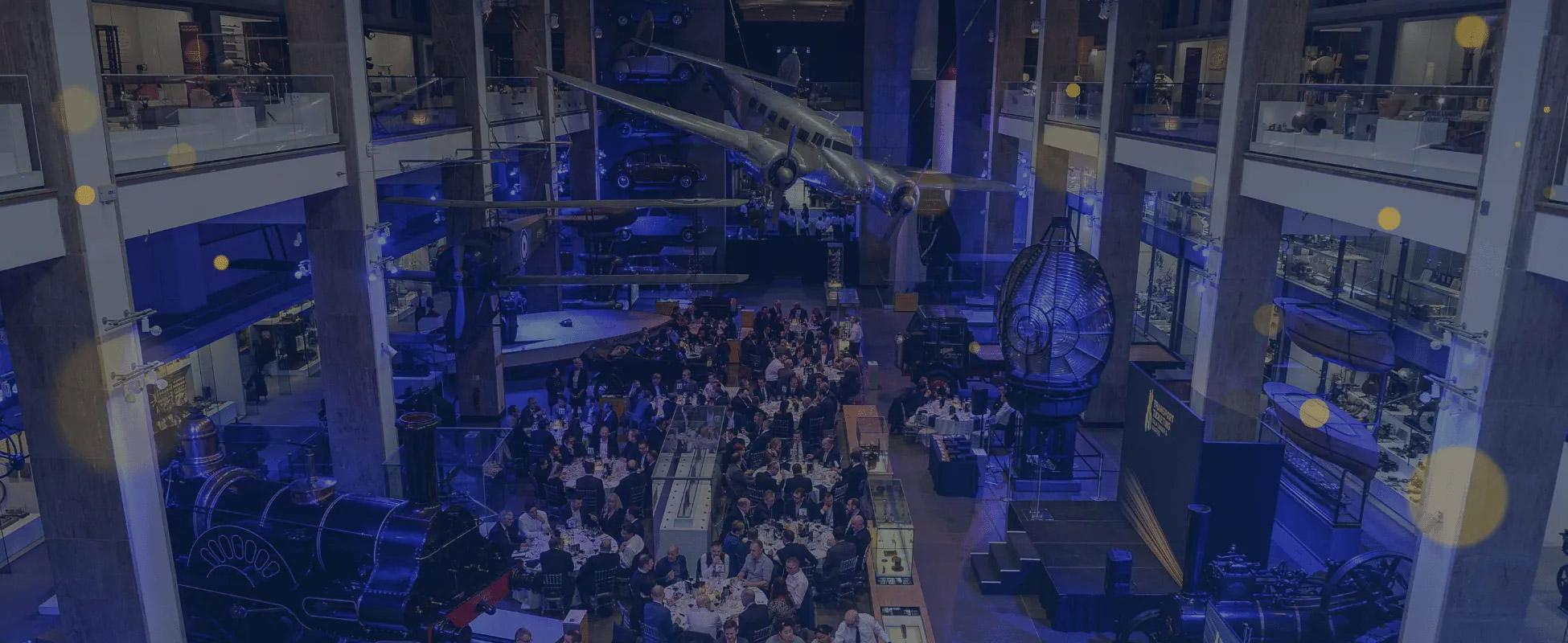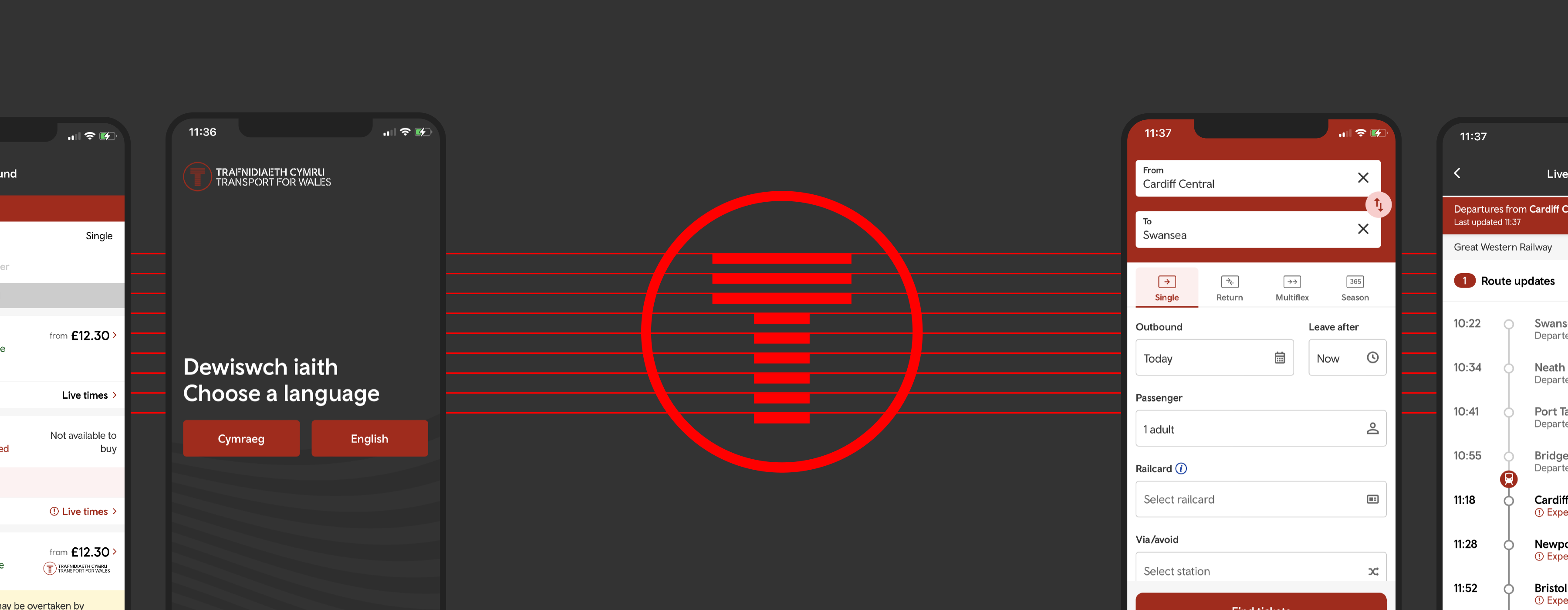Nigel Roberts was interviewed by Business in Wales magazine for a piece it was covering on the 40th anniversary of the Internet. He said:
"Imaginet started creating websites since it was established in 1995. The first site we created was for Visit Wales, built by my business partner, Dave, in his spare bedroom in Newport! It was a painstaking process as each page was built in HTML incorporating the site content. Web technology has moved on a great deal since then – web pages can created at a moments notice now, with the use of content management systems.
"In the early days, websites functioned as simple on-line brochures for organisations with very little interaction or real value for customers. As the technology has improved, so have websites. At Imaginet, we started implementing content-management systems into our websites about 10 years ago which allows customers to take full control of their websites themselves without having to come to us each time. This was a huge step forward in the field of web technology, and is something that we’re increasingly recommending to our clients today.
"Over the years, websites have become more interactive and it’s common to see discussion forums, e-commerce for on-line retailing and a wide range of other features. Social media networking is the name of the game now, with websites having to hook into social media websites in order to create a community on a site.
"A term that’s often used to describe user-interaction, sharing of content, blogs, bookmarking and mapping applications, is Web 2.0. The aim of this technology is to gain an active user-base and as we all know, a website with an active user base tends to be a successful one. Web 2.0 also affects how we manage content, allowing data to be pulled into a site from a number of sources and then pushed back out to a number of different channels such as mobiles and touchscreen kiosks.
"The way that people have used the internet has also changed a great deal over the years. Initially users went online to research basic content on a company, but now people expect to be able to interact with every organisation online – from buying a product and specifying when it is to be delivered, contacting the organisation, finding out latest news through to interacting with other users and downloading content.
"Social media websites are also affecting how people use the internet. Many people want to have content pulled into their own personalised spaces on Facebook or iGoogle, rather than having to visit a company’s website directly, so the use of RSS feeds and widgets is continuing to grow.
"Increasingly, more people are using their mobile phones to access the internet, and we’ve started recommending that clients should have a mobile version of their site so the content is presented in the best format. Another solution related to mobile phones is proximity marketing using touchscreen kiosks that are Bluetooth enabled. The kiosk automatically sends a Bluetooth message to people within a certain distance of the kiosk, inviting them to try it out to find out information on the area for instance.
"We’re also seeing a growing trend for ‘mash-ups’ – blending data from other sources such as Google Maps or BBC Weather onto another website. This is also tying into the idea of a semantic web, which essentially provides a common framework for data to be shared and re-used across application, enterprise, and community boundaries. The web won’t just be about visiting a single website, it will be about travelling through a range of applications, databases, websites and on-line communities all joined together by sharing the same data."



